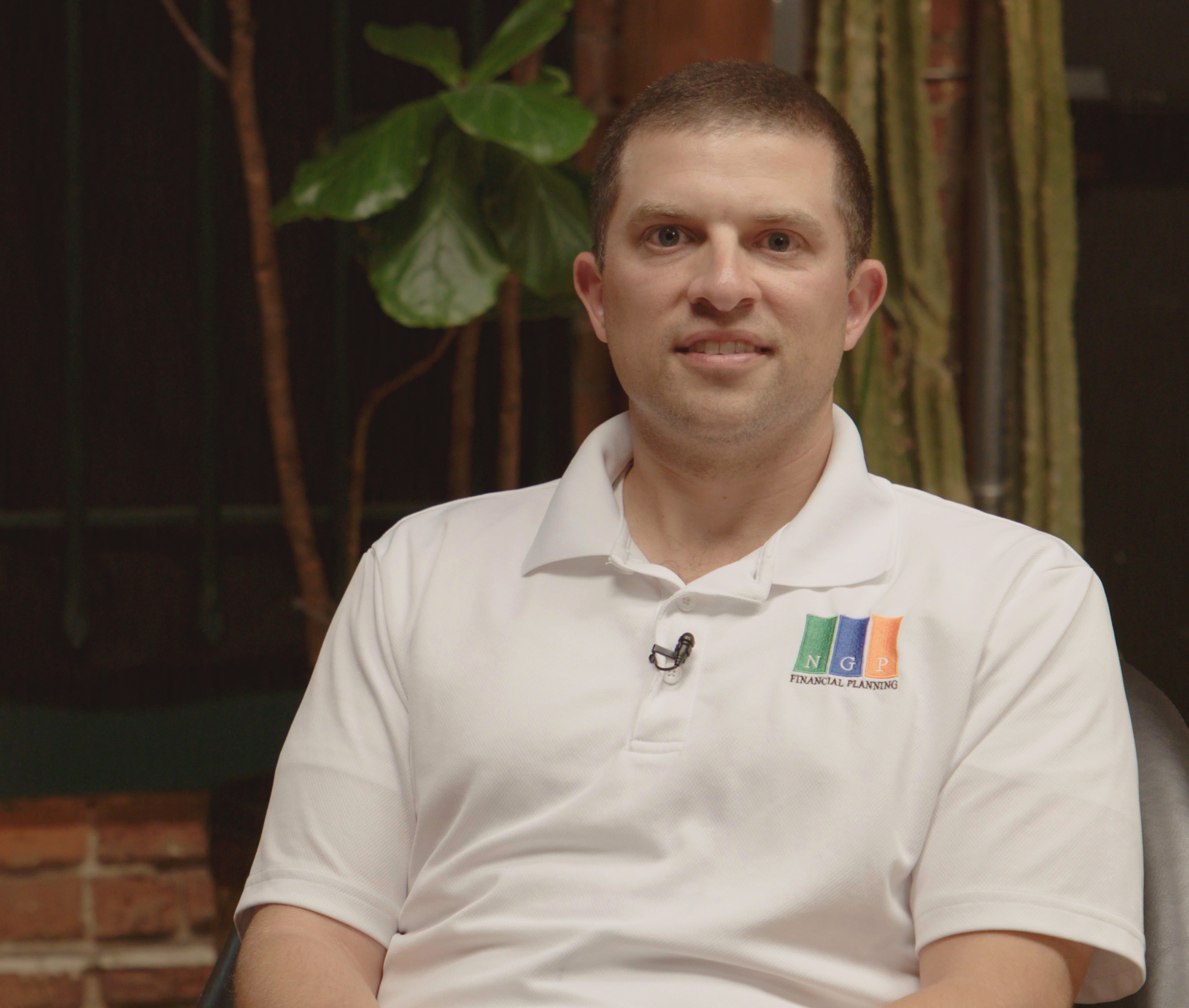When it comes to finding your ideal client type for your advisory firm, one of the most common strategies utilized by financial planners is niche marketing.
However according to Mary Beth Storjohann, founder of Workable Wealth and Chief Marketing Officer of Abacus Wealth, merely knowing your niche isn’t enough.
What are you doing wrong when it comes to reaching your niche?
Most financial advisors position themselves as the hero in their marketing strategies. But the reality is, as a financial planner, you should be positioning yourself as the guide and your client as the hero in their own financial story.
How can you change the narrative of your niche marketing strategies?
Start by understanding your niche and avatars. This means instead of slapping generic messaging on your website in an effort to appeal to everyone, focus on a specific avatar.
What’s an avatar?
Similar to a persona, an avatar is a specific type of client that you serve best. But it’s not enough to say “my avatar is someone in their mid-30s saving for retirement.” This is where the real work comes into play.![]()
In order to truly understand your niche and avatars, ask yourself (or even interview some of your current clients that fit the mold) questions that bring life to these personas. Do they shop at Whole Foods? What are their life values? Are they passionate about the environment? What kind of upbringing did they have?
During your research, you may even find that you serve a few different personas. You can have multiple avatars, and segment different strategies and tactics that best fit these personas.
When you combine psychographics with demographics, you can start engaging with your target audience in a way that really resonates with them. What are the unique concerns and main issues that your avatar is facing?
These learnings will allow you to create content and marketing strategies that are directly relevant to your avatar. This leads to building an emotional connection with your prospects, which will increase your ability to convert them into clients.
For example, Mary Beth has identified three avatars for Abacus Wealth Partners — Builders, Protectors, and Change Makers. Each subset has different challenges they are faced with us, and therefore, served with different content at different stages.
It’s also important to invest time into finding out where your avatars are hanging out. Are they attending conferences, digital webinars, or taking online courses? If so, can you get in front of them by speaking at any of these events?
Think outside the box when it comes to reaching your avatar. If your avatar is into health and wellness, reach out to a local yoga studio and see if you can host a personal finance event. Or simply join a studio and start networking.
And if 2020 has taught us anything, it’s that networking doesn’t always have to be in person. This is why social media is a key marketing tool for financial planners looking to grow their firms.
![]() But having a mere presence on social media doesn’t matter if you don’t have activity. Understand what channels your audience frequents and then be on those platforms, at a minimum. Don’t feel pressured to join every single social media outlet — instead, focus on where your niche is the most active and then engage on those networks.
But having a mere presence on social media doesn’t matter if you don’t have activity. Understand what channels your audience frequents and then be on those platforms, at a minimum. Don’t feel pressured to join every single social media outlet — instead, focus on where your niche is the most active and then engage on those networks.
For example, Facebook groups in your niche can also be a great way to connect with potential clients. Engage with others directly — by giving advice and posing questions — and you’ll naturally position yourself as the expert.
When you know who your avatars are, where they are, and what pain points they need to address, you can build a strategy around how to connect with them. After all, financial planning is all about building relationships.















